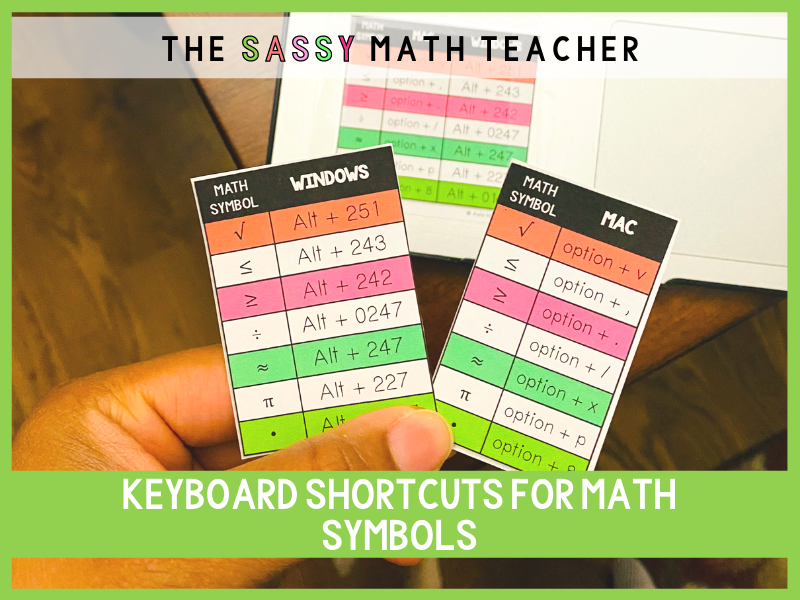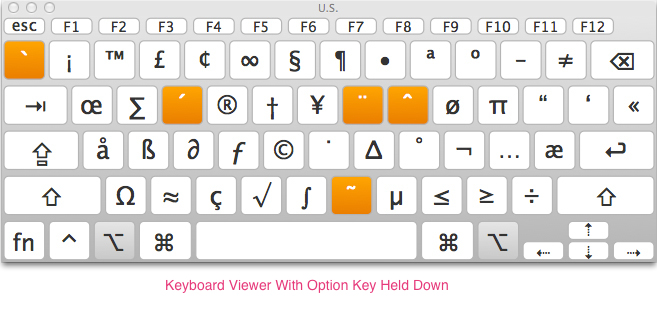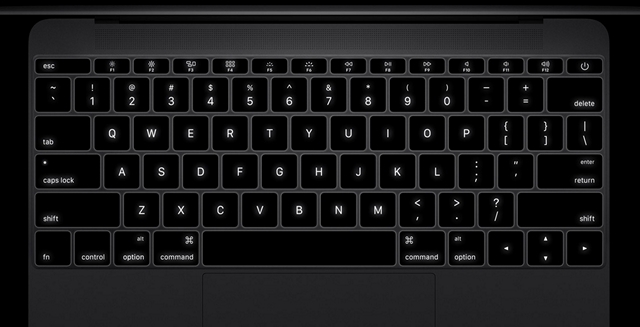

While this might be overkill for a single character, it actually makes sense when you want to tweak other things on your keyboard and have complete control.

non-ANSI) you might need to set the correct type under View > Keyboard Type > Coding: ISO Note: If you have a non-US keyboard (i.e. You can pick the required character for mapping using the built-in Characters app as explained in other answers.

Here is an example of assigning ⌘ to the Option+c combination: With Ukelele you can remap Option+key and Shift+Option+key to anything you like including Unicode emoji characters. Holding down Shift+Option will give you yet another set of special characters.

In the default keyboard layout holding the Option key ⌥ in combination with any letter/symbol key will insert extended math characters which normally are never used, e.g. With Ukelele you can clone your existing standard keyboard ( File > New from current input source), and remap any of the keys to your liking. The app is only used to create an OSX compliant layout file (XML or bundle) which can then be added via Preferences > Keyboard > Input Sources > +. But if you regularly need to use Unicode characters which are not present on your keyboard then a radical solution would be creating your own keyboard layout with Ukelele that will map those characters to your physical keys. The Mac Characters popup is definitely the straightforward solution if you need to insert some chacters once in a while. In this case, it would be option+ 2 3 1 8. To enter a Unicode character, hold down option and type the 4-digit hex code for the character and it will be inserted. Go into System Preferences -> Keyboard -> Input Sources, click "+", scroll to "others", select "Unicode Hex Input" and click "Add"įrom the input source selector in the menu bar, select "Unicode Hex Input" If you're really hardcore and are looking for a way to type the character by entering the Unicode hex code, this is possible: To insert the character, double click it. The Command key symbol can be found by searching for it's name "place of interest". You'll find it under Edit -> Emoji and Symbols in any program that takes text input. More generally, Mac OS X provides a pane to insert special characters. If you're just looking for the Unicode versions of Mac OS X keys, you can use this Apple support document to copy and paste them:


 0 kommentar(er)
0 kommentar(er)
